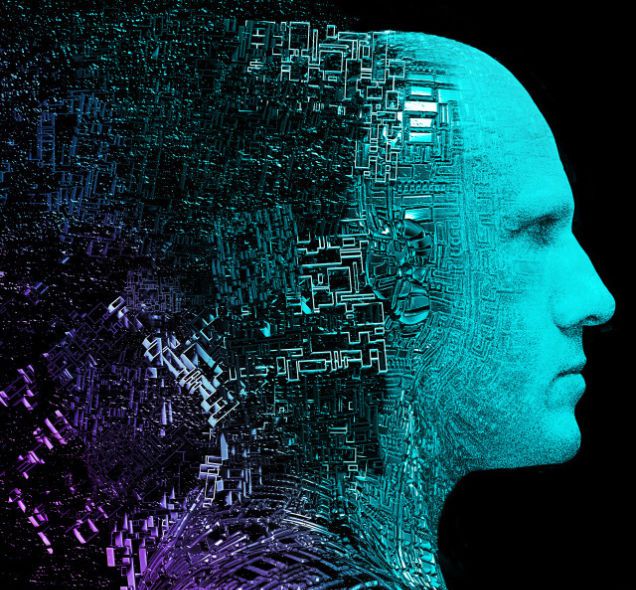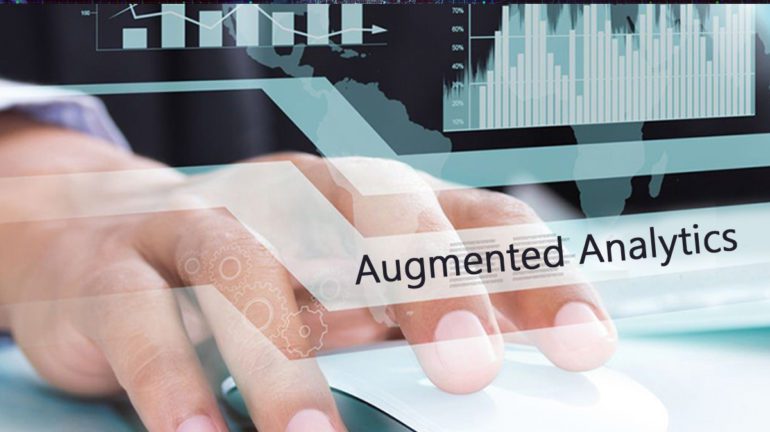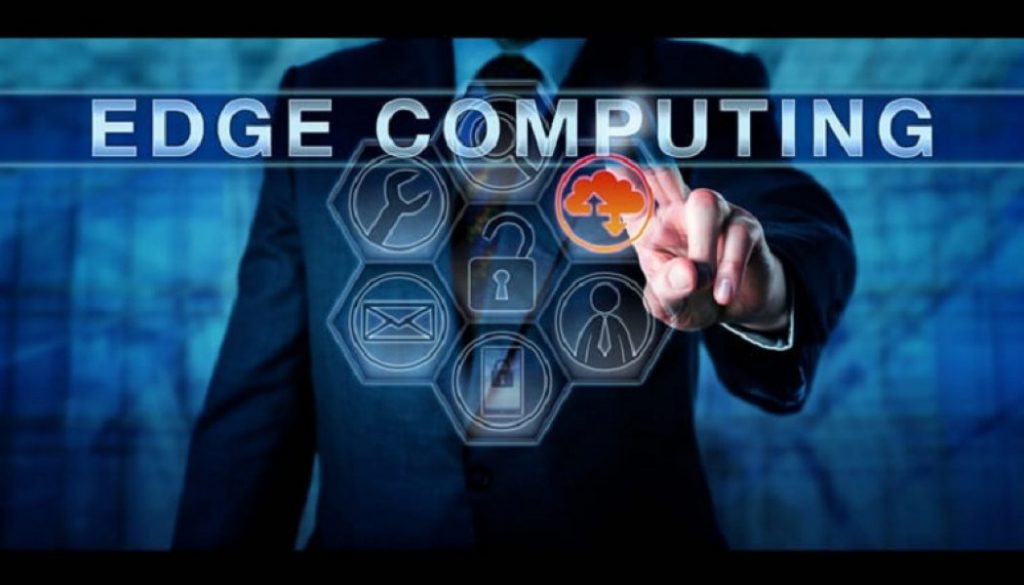2019 arrives and with it countless lists of trends that will mark the New Year in the most diverse areas of reality. Above all, among these forecasts stand out those on the new technological guidelines, this in the end will revolutionize all sectors in an era of digital transformation. After reviewing the reports of several consultants, these are the nine main trends that will define the technological disruptions of the next 365 days.
1. 5G mobile networks
The National Plan 5G 2018-2020 details that throughout 2019 pilot projects will be developed under this technology and the release of the second digital dividend will be carried out. This will prepare the ground so that in 2020 we can surf the Internet from the mobile phone at a speed that will reach 10 gigabytes per second. From there, data from the Statista portal indicate that in 2024 the 5G will have reached more than 40% of the world’s population, with about 1,500 million users of the new standard.
2. Artificial intelligence (AI)
This trend appears in all the pools for some years now, but everything indicates that this exercise will mean its definitive takeoff and its democratization, since it will even be included in the political agenda. Not in vain, at the beginning of December the European Commission made a statement on AI and one of the mandates to the member states is that they should have their national strategy on this matter by mid-2019.
3. Autonomous devices
In relation to the previous point, robots, drones and autonomous vehicles are some of the innovations that make up a category that Gartner calls ‘Autonomous Things’, defined as the use of artificial intelligence to automate functions that were previously performed by people. This trend goes beyond mere automation through rigid programming models, as it explores AI to develop advanced behaviors that interact more naturally with the environment and users.
4. ‘Blockchain’
Another of the usual of these lists of recent years is the technology of block chains. Now that it is no longer exclusively associated with the world of cryptocurrencies and its application has been confirmed in other areas. During 2019 we will witness the real implementation of many projects based on ‘blockchain’, which will try to solve the challenges that still faces technology in different areas such as banking and insurance. It will also be a decisive year for the deployment of ‘decentralized organizations’ operating around smart contracts.
5. Augmented analytics
This trend is another step in the field of ‘big data’, combining this technology with artificial intelligence. Through ‘machine learning‘ techniques, the way in which data analysis is developed, shared and consumed will be transformed. It is estimated that the capabilities of the augmented analytics will soon be adopted in a generalized way not only to work with the information, but also to implement them in business applications of the Human Resources, Finance, Sales, Marketing or Customer Service departments, all of which to optimize decisions through an in-depth analysis of the data.
6. Digital twins
A digital twin is the virtual representation of an entity or system of the real world. If by 2020 Gartner estimates that there will be more than 20,000 million connected sensors and endpoints, the consultant points out that there will also be digital twins for billions of these solutions, in order to monitor their behavior. At the beginning, organizations will implement these representations and will develop them over time, improving their ability to collect and visualize the correct data, apply improvements and respond effectively to business objectives.
7. ‘Edge computing’ enhanced
‘Edge computing’ is a fad used mostly to the Internet of Points as well as consists of the location of intermediate factors in between the linked items in order to process info as well as carry out various other tasks in position closer to the reception of the material by of the customer, in order to lower website traffic and also latency in the actions. It is a method to maintain handling near the endpoint as opposed to in a central cloud web server. However, instead of creating a new design, cloud computing and perimeter computing will progress as complementary designs with cloud services, took care of as a central service that runs not just on central web servers, however on dispersed regional servers and also in the perimeter tools themselves.
8. Immersive experiences in intelligent spaces
The ‘chatbots’ integrated in different platforms of conversation and assistants by voice are transforming the way in which people interact with the digital world, as well as virtual reality (VR), augmented reality (AR) and mixed reality ( MR). The combination of these technologies will lead to a profound change in the perception of everything that surrounds us through the creation of intelligent spaces where you can experience more immersive, interactive and automated experiences for a specific set of people or for certain scenarios of a industry.
9. Digital ethics and privacy
Digital ethics and privacy are issues that increasingly interest both individuals and organizations and governments. Not in vain, people are increasingly concerned about the way their personal information is being used by public and private sector entities, so in the coming months the winning companies will be those that are addressing these concerns proactively and can earn the trust of users.

















